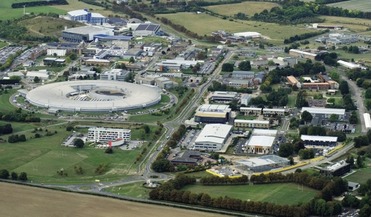 March 2021
Campuses, clusters and a leading force in UK space
March 2021
Campuses, clusters and a leading force in UK space
... have access to state-of-the-art facilities and business support, as well as an ecosystem of specialist knowledge in engineering and astronomy, including access to the ESA BIC UK. In addition SMEs (small and medium-sized enterprises) can use the...
 August 2016
Polish Space Agency pursues task of developing country’s space expertise
August 2016
Polish Space Agency pursues task of developing country’s space expertise
The beginning of Polish activity in astronomy dates back to the 15th century and the famous... (engineer, rocket designer) contributed further to the development of Polish astronomy. In the 20th century, Polish scientists cooperated with the USSR in...
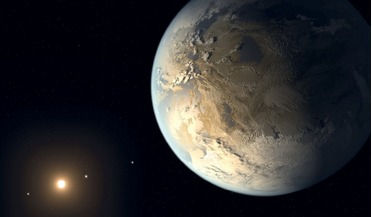 August 2018
Exoplanet census promises radical discoveries
August 2018
Exoplanet census promises radical discoveries
... are under way to study the possibility of flying a starshade with WFIRST. If recommended by the US 2020 Decadal Survey of Astronomy and Astrophysics, NASA could produce a starshade in time to rendezvous with WFIRST and enable the first images...
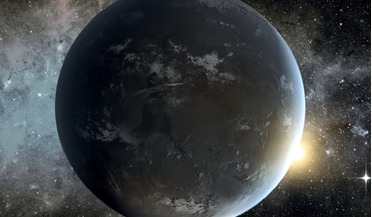 October 2019
Are we prepared for SETI discovery?
October 2019
Are we prepared for SETI discovery?
... in an immense but uninhabited universe full of galaxies, each with billions of stars surrounded by planetary systems? Modern astronomy has proved that, firstly, there is plenty of space available in the universe for evolving life-forms; secondly...
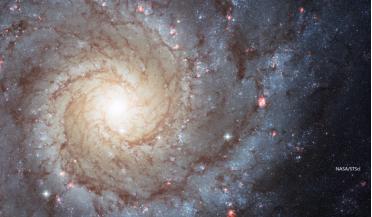 May 2025
Mythologies of Outer Space - A new perspective on the final frontier
May 2025
Mythologies of Outer Space - A new perspective on the final frontier
..., takes an interdisciplinary approach to exploring the cultural, historical, and ethical dimensions of space exploration. Drawing from astronomy, science fiction, Indigenous perspectives, and the arts, the book presents a compelling discussion on how...
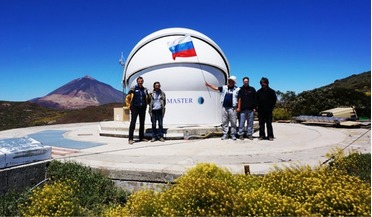 February 2017
Global robotic network for monitoring near-Earth and outer space
February 2017
Global robotic network for monitoring near-Earth and outer space
At the beginning of the 21st century it became obvious that using small-diameter (up to one metre) robotic telescopes in astronomy allowed for breakthroughs in observing non-stationary and short-lived events in the Universe. With the help of ...